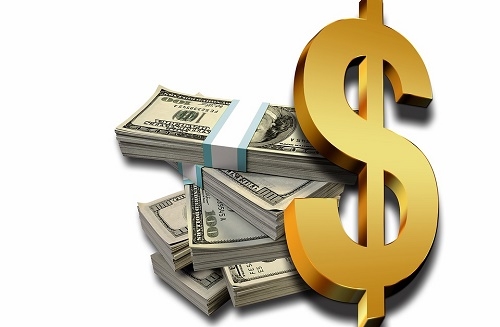
By Roger J Kerr

Local determinants of the Kiwi dollar’s direction (interest rate movements, dairy prices and overall economic performance) are expected to play a reduced role in influencing the forex market over coming weeks.
There is no fresh domestic news and recent monetary policy developments are already priced-in to the NZD/USD exchange rate at 0.7140.
The FX market is expecting a 0.25% OCR cut this Thursday at the RBNZ’s Monetary Policy Statement.
The markets also expect a confirmation from the RBNZ that they will cut again as the currency remains well above their assumed levels to get inflation back above the minimum requirement/limit of 1.00%.
The TWI Index remains stubbornly high at 76.0 against desired 71.0/70.0 levels.
Attention will be focussed on the accompanying RBNZ words to ascertain just how aggressive they will be with subsequent interest rate decreases.
Back in June the RBNZ were worried that non-tradable inflation (domestic prices) would prove to be too volatile if they were too aggressive in cutting interest rates to push tradable inflation upwards.
Those concerns have proven to be unfounded as the only evidence of domestic economy price increases is in the construction sector where there is increasing shortage of resources, delays and bottlenecks.
The level of interest rates will not make a scrap of difference to that situation.
The argument that the RBNZ should meet existing moneymarket pricing and cut 0.50% in one go to make more of an impact with a surprise element on the FX markets is fairly convincing on a number of fronts.
However, the RBNZ are not renowned for being bold and brave and thus the signals as to their future intentions in the commentary will be closely scrutinised.
My view is that the speculative buyers of the Kiwi are starting to give up on the trade as the resistance at 0.7200/0.7300 area remains firm.
Therefore, an RBNZ message that further cuts after the reduction to 2.00% this Thursday are highly likely should encourage a higher volume of short-selling of the Kiwi dollar.
A push below 0.7000 in the NZD/USD rate ahead and after of the RBNZ statement on Thursday will start to test the support area of 0.6900.
It will require renewed US dollar strength on the global FX markets to drive the Kiwi dollar down below 0.6900 over coming weeks.
The prospects of that USD strength emerging on cue are encouraging:-
- Friday’s US jobs increase for July of 255,000 was again considerably above prior expectations (as the result was for June as well) confirming that the very low number in May that caused USD selling was a rogue/aberration result. Market pricing for another Federal Reserve interest rate hike this year should start to firm up again on this evidence and thus the USD should make gains below the $1.1000 level against the Euro.
- US GDP growth in the June quarter that was surprisingly suppressed by an inventory run-down should bounce back in the September quarter as stocks are built up again. All other US economic data sets, including wages growth, remain very positive. Therefore, the Fed are unlikely to be as complacent on the inflation/interest rate outlook as the financial markets appears to be at the moment. The FX markets will price the USD stronger even if the next US interest rate increase is in December rather than September.
- The Europeans need to loosen monetary policy further post Brexit. Like us, they need to force their currency to a lower value to lift inflation.
- Metal and mining commodity prices are expected to catch up to the pullback in oil prices, exerting downward pressure on the Aussie dollar against the USD. The recent AUD stability at 0.7500/0.7600 has been aided by a view that the RBA are now finished with OCR cuts at 1.50%.
Local exporters in USD should be preparing themselves to enter substantial levels of forward hedging to protect 2017 and beyond exposures when the NZD/USD reaches the 0.6800 to 0.6600 zone over coming weeks/months.
Recovering dairy prices in the medium term are a Kiwi dollar positive for 2017 and we will be well past interest rate reductions as a negative by that time.
Daily exchange rates
Select chart tabs
Roger J Kerr contracts to PwC in the treasury advisory area. He specialises in fixed interest securities and is a commentator on economics and markets. More commentary and useful information on fixed interest investing can be found at rogeradvice.com




We welcome your comments below. If you are not already registered, please register to comment.
Remember we welcome robust, respectful and insightful debate. We don't welcome abusive or defamatory comments and will de-register those repeatedly making such comments. Our current comment policy is here.